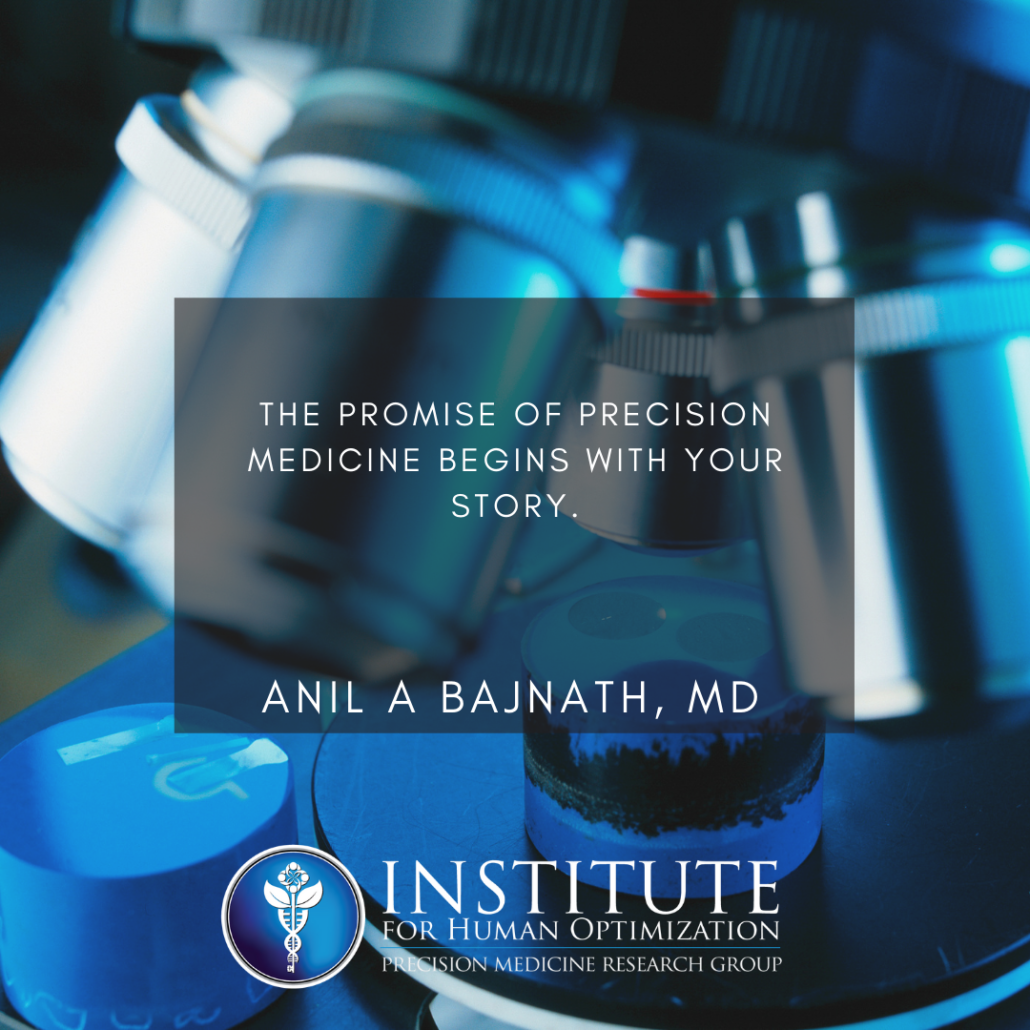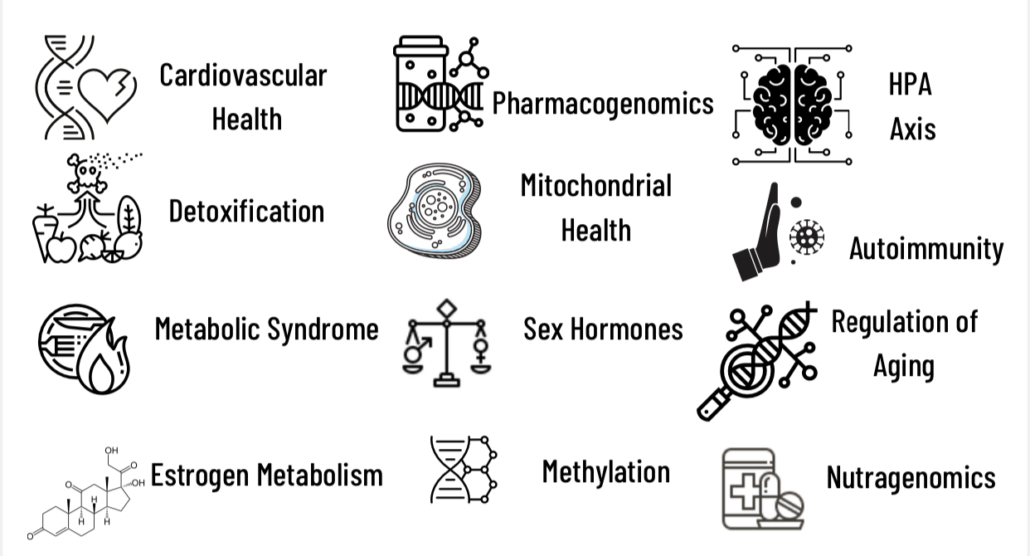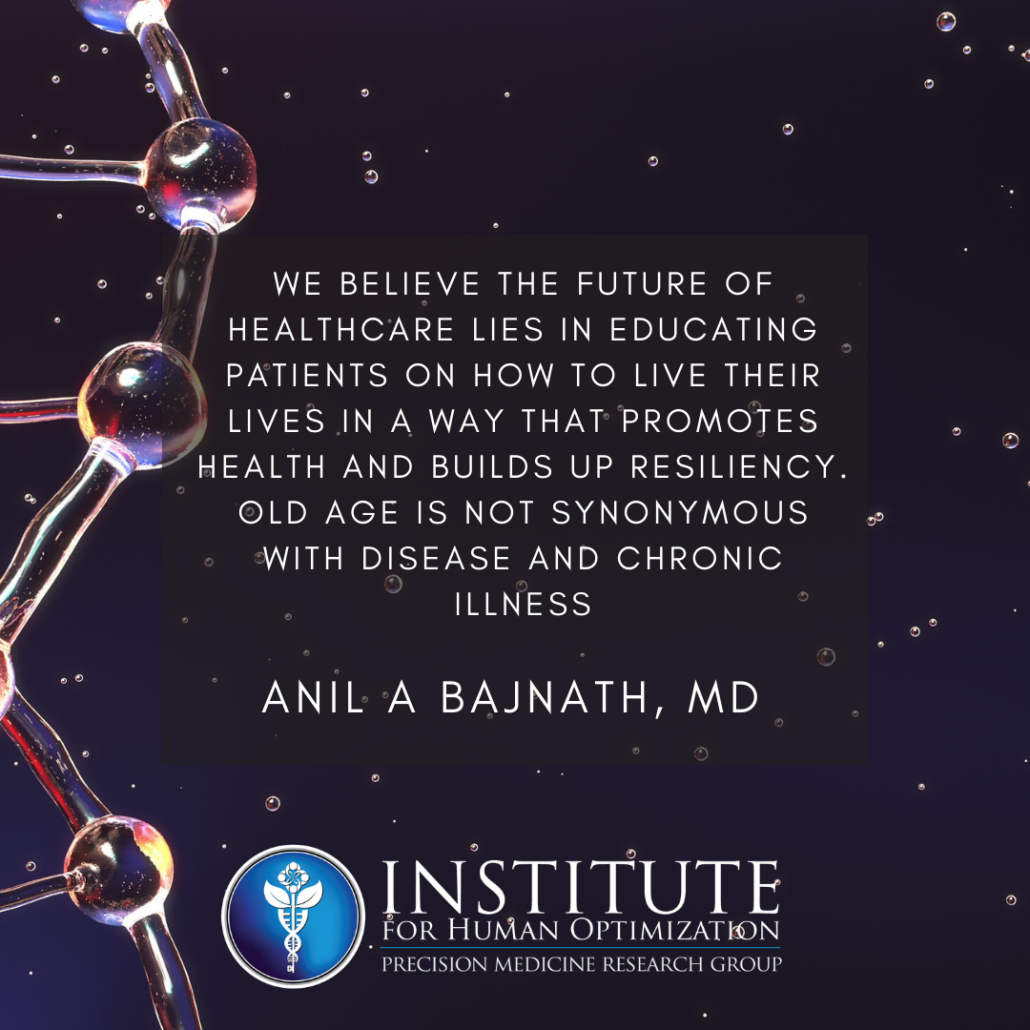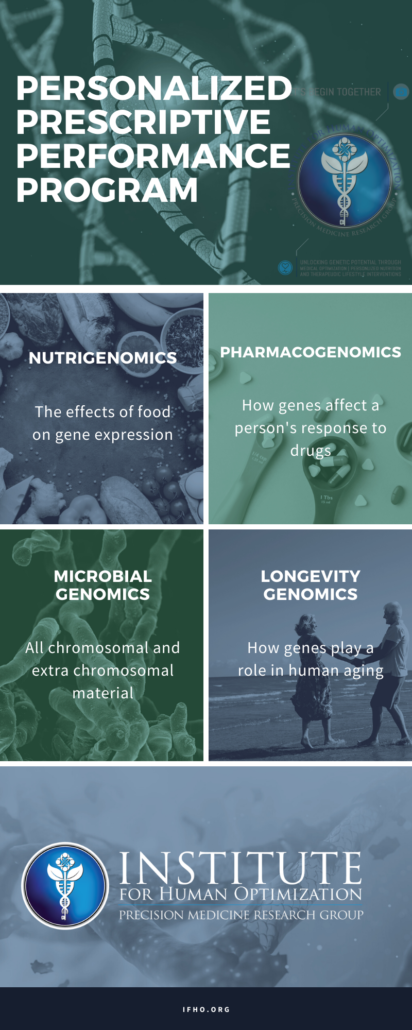Understanding how our brains are wired and what keeps them running is a significant component of keeping an aging brain healthy.
. . .
In Part 1 of our Aging Brain series, we covered contributing factors to the aging brain. In Part 2, we elaborated on how lifestyle choices affect the health of our brain as we age. In our final installment, we will look at the more technical side.
Out with the old, in with the new
There is a popular saying in neuroscience that goes, “Neurons that fire together, wire together.” Neurons are fundamental cells in the brain and spinal column, and we have between 86-100 billion of them! They act like electrical devices that are responsible for sensory input, sending motor commands, forming memories, and transforming many other signals in our brains.
Glia, or glial cells, are known as the neuron’s sidekick. They don’t produce electrical impulses, yet they maintain homeostasis so that neurons can do their job efficiently. Just as important as building synaptic connections between neurons, it is equally as important to break down neuronal connections that are no longer needed – and that’s what glial cells do! This is actually part of the learning process in our brains – in order to learn something new, we need to get rid of the old.
The health and function of our neurons and glial cells determine how aging will affect our brain. Some researchers even think that cognitive decline is not necessarily a consequence of old age. On page 13 of my book, The Longevity Equation, I mention that “in what researchers call ‘Blue Zones,’ people routinely live one hundred or more. Despite their advanced age, they remain virtually free from . . . age-related illnesses that take so many lives. At the same time, they retain their mobility, their sharpness of mind, and their zest for life.”
Use it or lose it
During a literature review, researchers found that learning creates neurogenesis, which is the ability to grow new neurons. They asserted that “Concurrent and synchronous activity provides a mechanism whereby the new neurons become integrated with the other neurons. This integration allows the present experience to become integrated with memories from the recent past in order to learn and predict when events will occur in the near future. In this way, neurogenesis and learning interact to maintain a fit brain.”
Here’s where the glial cells come in. Some of them can help to speed up signals between certain neurons. And as our bodies make new neurons, others, called microglial cells, break down old neuronal cells in a process called synaptic pruning. This allows our bodies to build new and stronger connections so that we can learn more.
It’s also important to pay attention to our thoughts and patterns. Synaptic connections that we use less get marked with a protein for removal and those same microglial cells search for that marker and prune the synapse. In other words, what you focus on, you get more of. In a literature review, researchers elaborated on this concept and stressed the significance on the part microglial cells in strengthening neurogenesis.
Communication is key
Neurotransmitters are molecules that play important roles in the nervous system. They are the body’s chemical messengers and are used by the nervous system to transmit signals to target cells, such as other nerves, muscles, or glands. They then attach to different receptors, which triggers action in those target cells.
There are more than 100 known neurotransmitters and they have different types of action. Some are excitatory, which encourage target cells to take action. Some are inhibitory, which decreases the likelihood that target cells will take action. And some are modulatory, which means they can send signals to many neurons at the same time.
A previous blog goes into detail on the intricacies of some of the more well-known neurotransmitters, such as serotonin, dopamine, acetylcholine, and others. A balance of neurotransmitters is necessary to prevent certain health conditions, especially degeneration in the brain.
Remember our cause for hope
To help with neurogenesis and neurotransmitter production, I’ve developed a state-of-the-art cognitive supplement perfect for anyone looking to enjoy crystal clear thinking, rapid memory, and a clear memory that won’t let them down.
Puromind provides you with the nutrients you need to maintain healthy, sharp, lifelong cognitive health. You will find an improved ability to recall the things most important to you, enjoy a heightened sense of well-being and peace of mind, and benefit from your mind operating better than it ever has. If you want to learn a new language, have a sharper wit, or simply want to stop dealing with those annoying ‘senior’ moments that interrupt your life, Puromind can give your brain the fuel it needs to function at 100%.
We manufacture each premium batch in an FDA-compliant, GMP-certified facility right here in the USA, and every bottle is tested for both purity and potency, so you can know that you are putting only the most nutritious, beneficial ingredients into your body. Puromind is crafted with the following five powerful, brain-boosting nutrients:
· LION’S MANE MUSHROOM: In a clinical trial at Tohoku University in Japan, researchers found that the group of people who received lion’s mane mushroom ‘showed significantly increased scores on the cognitive function scale compared with the placebo group,’ and had no side effects!
· BACOPA MONNIERI: In a study published in the journal, Neuropsychopharmacology, researchers revealed that of the 76 adults aged between 40 and 65 involved in the study, the group that received 300 mg of bacopa daily had improved their memory recall and retention by 100%!
· ALPHA-GPC: A study published in the journal, Clinical Therapeutics, found that patients who supplemented with alpha-GPC experienced a dramatic improvement in their memory and ability to perform cognitive tasks.
· HUPERZINE A: Huperzine A protects acetylcholine from being broken down by your body and can help you maintain healthy acetylcholine levels. A clinical trial performed at the Traditional Chinese Medicine Epicenter in Shanghai found that 58% of patients who took Huperzine A showed 36% memory improvements compared to placebo!
· GINKGO BILOBA: Ginkgo biloba boosts cerebral blood flow and makes it easier for your brain to absorb Puromind’s other ingredients, magnifying their powerful effects and delivering maximum cognitive support potential. Clinical studies also show that ginkgo is able to dramatically boost blood flow to your brain and the rest of your body almost immediately after taking it.
(These statements have not been evaluated by the FDA. Puromind is not intended to diagnose, treat, cure or prevent any disease.)
How can The Institute for Human Optimization assist me?
At The Institute for Human Optimization, my team and I leverage the most cutting-edge advances in genetic testing, nutritional, and functional medicine to help our patients treat the root biological imbalances that cause aging. I believe that a long healthspan – not just a long lifespan – is the most important thing you can cultivate. A long healthspan means you don’t miss out on life as you get older. It means remaining independent and having the vitality to travel and see the world. A long healthspan means that you can be there – in full body and mind – for the people who need you the most and that every day will feel like a gift.
The Institute for Human Optimization provides the most comprehensive, data-driven, personalized approach to wellness. It is:
· Predictive – We use genomics and advanced biomarker testing to risk stratification and empowerment.
· Personalized – We use data-driven health information to curate actionable change for disease mitigation and prevention.
· Preventive – We utilize highly individualized programs tailored to your unique genomic blueprint.
· Participatory – We empower engagement in personal choices, which allows for improved outcomes and enhanced results.
Let’s work together to make a long healthspan your reality!





